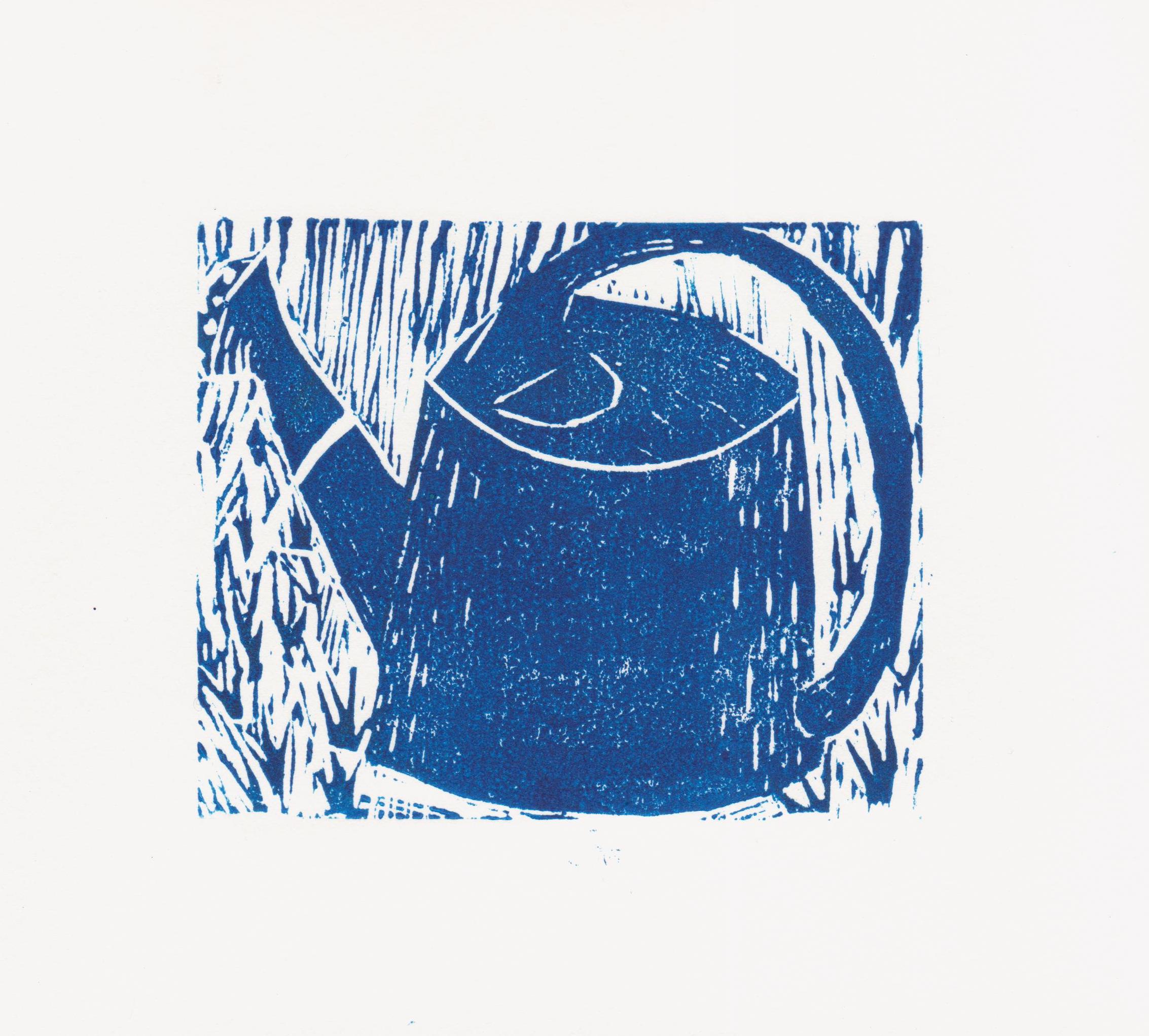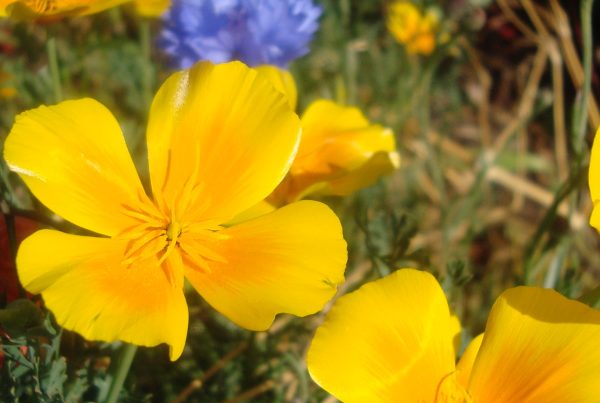
Improve your soil
Add compost if you want your soil to retain water and rehydrate easily when dry. Ironically, it helps drainage too. Much of Wellington is blessed with heavy clay soil, ideal for holding onto both water and nutrients. However, once this soil has dried out it forms a solid crust, which can be difficult for water to penetrate. In contrast, lighter sandy soils are prone to drying out quickly and leaching soluble nutrients. Compost feeds our plants and makes it easier for them to develop a strong, deep root network, whatever the soil type.
Conserve water
Water evaporating from the soil’s surface isn’t available to our plants. If the soil is kept covered with mulch or plants, it will retain more moisture. Planting close together helps with this. Spreading seaweed, straw, bark chips or even lawn clippings between your plants lessens evaporation whilst keeping soil organisms happy and weeds at bay.
Provide wind protection
Every Wellingtonian knows how dehydrating it can be outside on a breezy day. Both plants and soil lose moisture in the wind, so keeping both sheltered will reduce that drying effect. Leafy plants are prone to wilting on a hot summer’s afternoon, so site them somewhere where they get afternoon shade. Newly transplanted plants will enjoy being sheltered for a week or so while they settle in. Push a large flower pot or bucket with the bottom cut off into the soil around them to act as their own personal windbreak.
Store what you can
Water collected from a house or shed roof is free of both chlorine and metered water charges. Locate storage as close to your garden as you can. Set up a lidded barrel or tank with a downpipe diverter – you can get narrow systems that fit along the side of your house. Just make sure you raise them high enough so that you can easily gravity-fill a watering can.
Water gently and thoroughly
You can often leave watering longer than you think, but then you need to water deeply – allow a couple of 10-litre watering cans for each square metre of garden. Poke your finger into the soil to see whether it’s dry about 5cm below the surface. If you use a hose and sprinkler, always use a timer as you’re bound to forget to turn it off if you go away and leave it. Water with a seaweed or worm ‘tea’ once a week to give plants a boost.
Time carefully
There are critical stages in a plant’s development when water is needed. Germinating seeds need to be constantly moist – misting them with a hand-sprayer avoids disturbing them. Transplanted seedlings like to go into moist soil at a cool time of the day. Watering stimulates mainly leaf growth, so crops such as lettuce, spinach and celery all enjoy a regular soaking. Fruit crops make best use of water when they are flowering and fruiting, so water tomatoes, beans, corn and squash well at this stage. The same goes for onions, carrots and beetroot when their roots are swelling.
Watering your garden on a summer’s evening is a contemplative and therapeutic activity. It gives you time to inspect, harvest and tend your crops whilst unwinding from the day. For best results, water when it’s cool and the sun has gone down. If it seems like a chore, just remember that you’re only watering because we’ve had some fine weather to enjoy!




